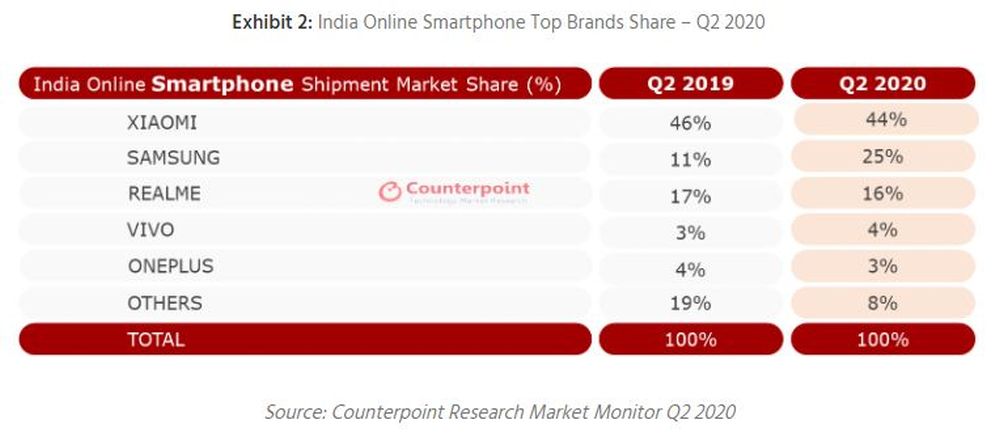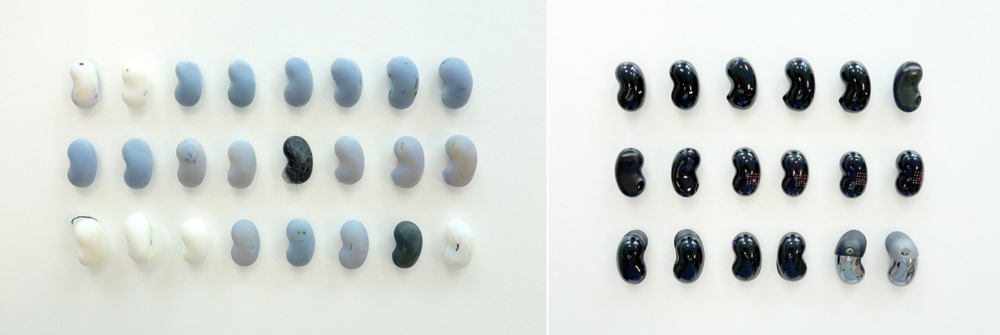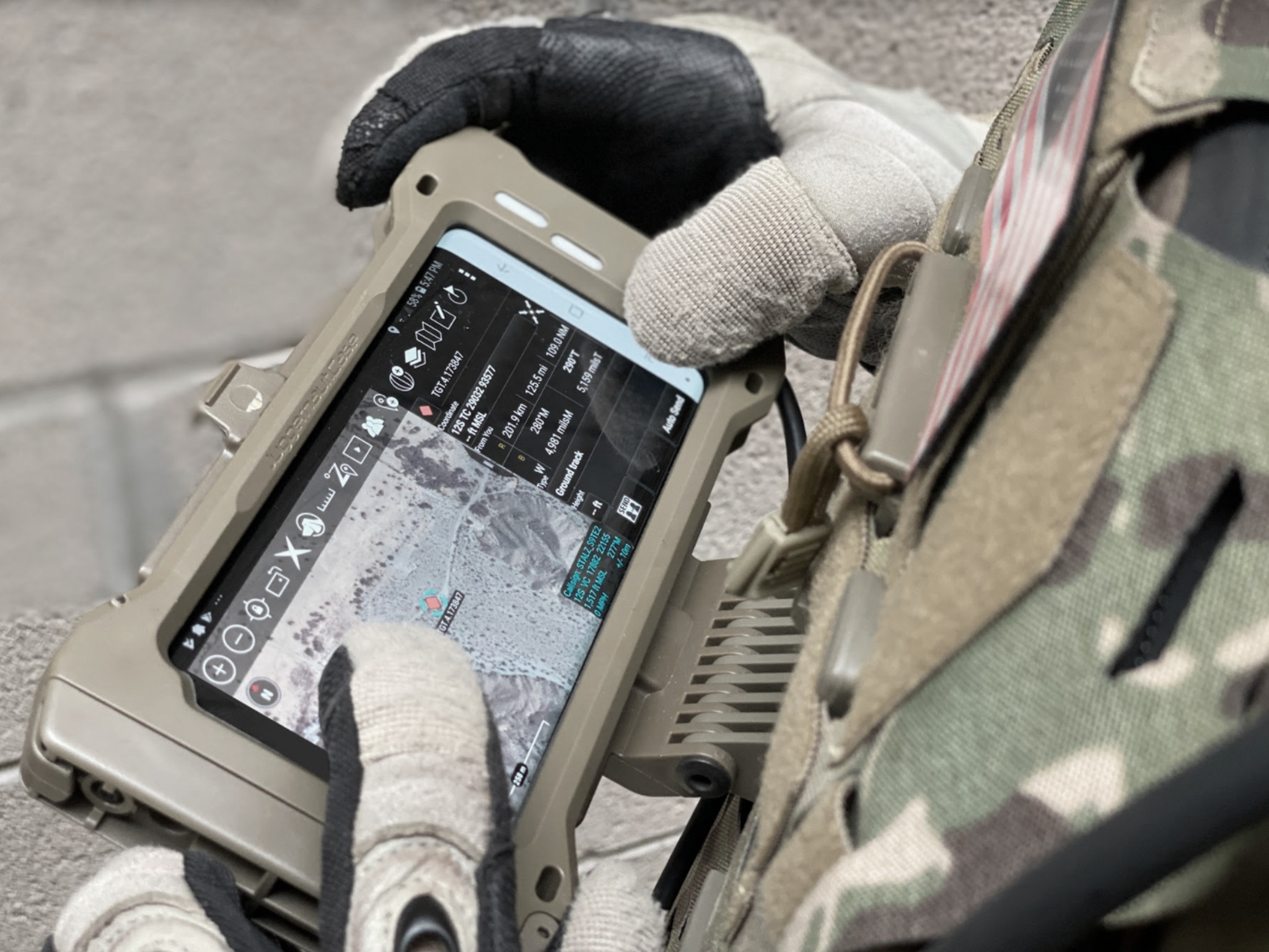To say that Samsung has been having a good year so far would be beyond deluded, particularly in regards to its mobile efforts. Yet it’s the only smartphone manufacturer around that continues to invest anything beyond the bare minimum into keeping its devices updated on a regular basis. The only exception being Google, whose interests in this area are much more connected to its ownership of Android and key OS services instead of the dozens of Pixel handsets it moves every year. Meaning Google has way more to gain from the Android ecosystem dealing with its inconsistent security update policies than Samsung does. Yet it’s Samsung, not Google, that now seems to be pushing the envelope in terms of after-sales software support.
For many years now, Samsung consistently demonstrated it’s the only Android OEM that values its existing customers about as much as the prospect of attracting new ones – even if there’s no immediate PR benefit to be gained from the former. And, let’s be realistic, Android software support cycles are hardly something the average consumer can even wrap their head around, let alone factor into their next purchase decision. This is a huge part of the reason why Android, on the whole, remains so much less secure than iOS – because OEMs can afford to cut corners without facing any mainstream attempts at being held accountable.
Few of today’s smartphone business models can even survive decent update policies
Furthermore, there’s little post-sales money to be made from Android devices these days. And even though that’s far from a new occurrence by itself, it’s becoming an increasingly prominent issue as the industry races to the bottom in key (read: still growing) markets such as India, where a significant portfolio of new smartphones are being released below any hardware profit margins to speak of. Instead, their sales are just the first step to profitability manufacturers pursue through app advertising.
Coupled with the fact that the most popular devices in those markets rarely have much overlap with the best performers in more mature environments like North America, it’s no wonder there’s barely any consistency to be found among software support policies attached to Android smartphones and tablets. There’s just too many of them.
All of that shows how little incentive OEMs have to commit to longer update cycles. Which is what makes Samsung’s continued efforts in the segment all the more impressive. After all, no other company can compare in terms of sheer device portfolio diversity. Yet Samsung has also been a long-time leader in the update department, guaranteeing two years of updates for the whole Galaxy family. It was this 24-month policy that other OEMs have been trying to follow for years now, though few dared to outright promise they’ll do so. The last major rival that did was Huawei in late 2016, and that promise didn’t end up holding for long after the U.S. treated its supply chain to the logistical equivalent of broken kneecaps.
And even though Samsung remains completely unchallenged in this respect on any meaningful level, it isn’t resting on its laurels. It was just last week that it extended the aforementioned policy to three device generations of major OS updates, starting with last year’s flagships. Days later, a company official confirmed all Galaxy A-series mid-rangers released over the last 20 months are also being reviewed for possible inclusion in this initiative. Given Samsung’s existing track record, it’s becoming increasingly more likely that this three-year minimum will encompass all of its devices in the near future. This may not seem like much over 12 years after Android had its debut, but just ask, say, an LG V50 owner (if you can find one) to recall when their device received their last two over-the-air patches.
Samsung keeps going the extra mile, indirectly pressuring the rest of the industry to follow
Looking at the rest of the market, there’s the already mentioned Google which has the advantage of being the ultimate developer of Android, and… OnePlus. Officially, OPPO’s sister company currently employs Samsung’s previous flagship policy – two major OS updates and three years’ worth of security patches – but the least said about its track record with promises, the better. In other words, if Android security updates are of any consideration to you, Samsung is currently the only company with a truly global presence that has you covered across numerous price segments and whose word weighs more than the paper it’s written on. More importantly, it’s been consistently improving its update practices across the board, even when a large part of that board is aimed at users who aren’t even aware of the importance of regular security patches being developed for their smartphones.
Overall, today’s sad state of Android software support can serve as a reminder of how there is a point of diminishing returns to even the simplest of truths concerning contemporary markets. Given enough actors, even something as universally desired as competition turns into a race to the bottom. In the Android space, that race has long since transformed into a drilling operation in which competition no longer begets products that are better – just cheaper.
And in a world so dependent on cutting corners, any instance of a company going the extra mile should be celebrated. Because in doing so, Samsung is applying significant pressure on others to follow suit. And, unlike Google’s Android licensing agreements whose update stipulations are more akin to guidelines given the author’s lack of willpower to enforce them, Samsung’s leading by example, which is the kind of mentality that will hopefully continue in the long term because it’s bound to benefit everyone, regardless of their smartphone brand preferences and understanding of modern cybersecurity – or lack thereof.
In fact, guess what Microsoft just announced about its Surface Duo two-screener, merely a week after Samsung made a big deal out of moving to a 36-month support cycle? That’s right, three years of updates.
The post Samsung still leads in Android updates and it’s not even close appeared first on SamMobile.
from SamMobile https://ift.tt/341XAtk
via
IFTTT


.png?1596633590)













